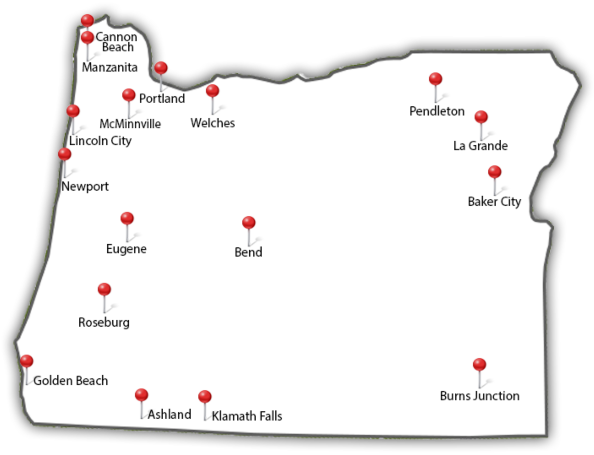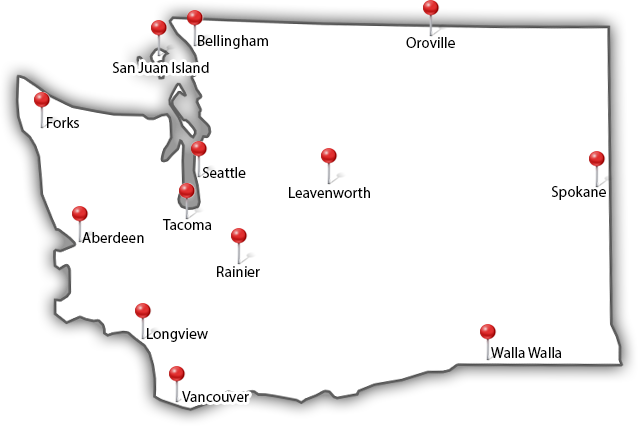How To Capture Rainwater
Why Capture Rainwater?
Not only does capturing rainwater help the environment by conserving resources, it also saves money. Depending on how much it rains where you live and the size of your house, you can accumulate a significant amount of water with a simple arrangement. During the summer, a rain barrel can save homeowners about 1,300 gallons of water. This extra water you save can really make a notable difference in your water bill.
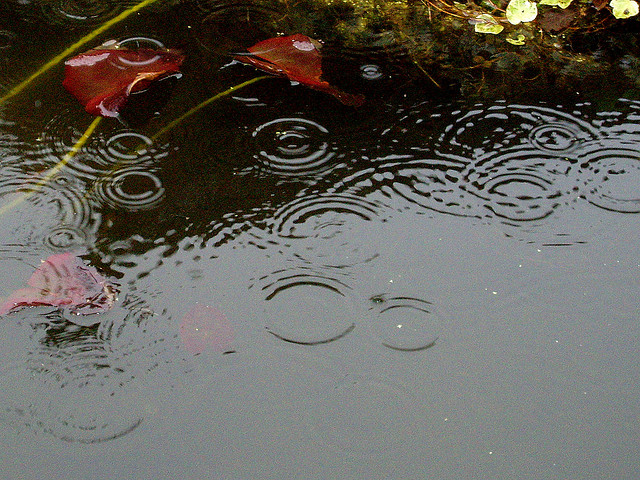
Source: Amanda Slater
Rainwater collected from rain barrels picks up very little contamination because it is gathered from the roofs of houses. Having a roof free of contaminants and debris will ensure that your harvested water is pure. The amount of contamination the water contains also depends on your roofing materials. The hard water and chemicals from the municipal water systems can cause an imbalance of the soil in your yard. This imbalance can make your plants and trees become weak and more susceptible to disease.
Water Shortage
Approximately one in nine people don’t have access to an improved water source. According to Business Insider, 1.2 billion people worldwide live in areas that have inadequate water supply. By 2025, two-thirds of the world will live under conditions of water shortage.

Source: United Nations Environmental Programs
Meanwhile, an American taking a five-minute shower uses more water than the average person in a developing country slum uses for an entire day. And many of us take longer showers than that!
Lucky for us, the average annual rainfall in Portland, Oregon is 37.5 inches. The average annual precipitation in most places west of the Cascades is more than 30 inches. In comparison, the average annual rainfall in Los Angeles, California is less than 15 inches.
Many areas in the United States are experiencing a threat to their safe and steady water supply. This is partially because people are using drinking water to flush the toilet, water plants, and for landscape irrigation. If people used harvested rainwater for those things, it would really make a difference for the planet.
Rainwater is an economical water source that can be used outdoors with hardly any treatment. Capturing rainwater also helps prevent urban flooding and surface water pollution because it reduces runoff that would otherwise pour into storm water flows.
Even if you live in a dry, sunny location like southern California, reusing rainwater can make a considerable dent in your water usage. In the summertime, watering gardens, flowers and lawns can add up to as much as 40 percent of water use.
What Can You Use Rainwater for?
Unless you have a special filtration system in place, it’s best not to drink rain barrel water. Store-bought rain barrels are often marked with labels saying they are for “non-potable water” (not for drinking) uses only. To keep your harvested water clean, make sure your roofing materials are metal and/or stainless steel, and don’t use zinc strips on your roof.
You can use the water collected in your rain barrel to wash your car, water plants, or top a swimming pool during a drought. Rainwater is ideal for these purposes because it doesn’t contain any lime, chlorine, or calcium.
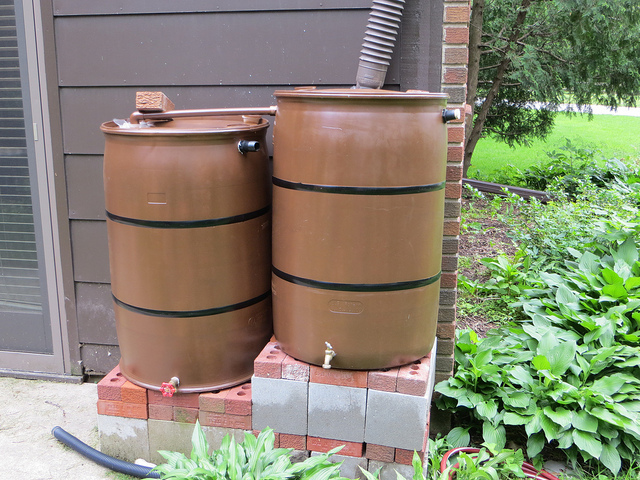
Source: regan76
Equipment Needed to Capture Rainwater
If you want to salvage water from your downspout, place your rain barrel close to a downspout from your rain gutter.
Downspouts are usually attached to the house with straps and will need to be taken apart. Remove the screws that hold the straps to the downspout and any screws that might have been put in to attach the spout to the gutter. The downspout can be removed and set aside after the brackets have been removed. Remember to use safety glasses if you are using power equipment when you remove the screws and detach the downspout!
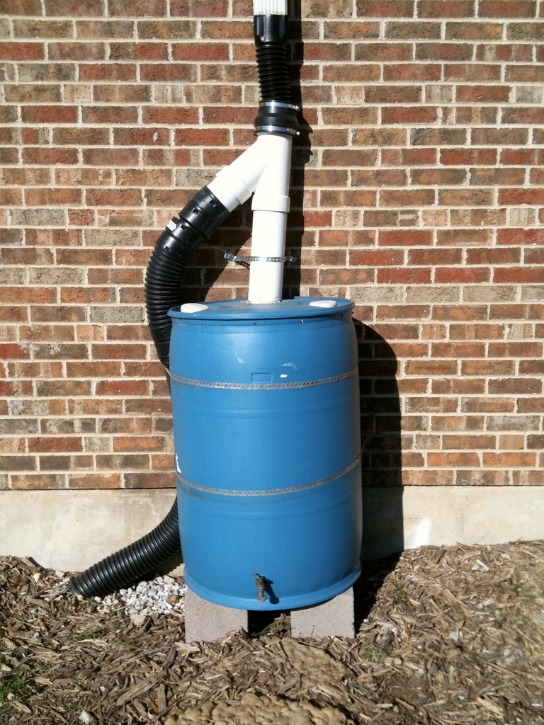
Source: Michael Coté
Once the downspout is removed, you must redirect the flow of water into the top of the rain barrel. It is imperative that the concentrated water flow is directed into the barrel or away from your house. Too much water in one place near your house could cause foundation damage. It’s not a good idea to let the water simply fall from the gutter into the barrel.
You should put your rain barrel on a secure and stable surface, like a wide concrete block. The barrel will be heavy when it fills up with water (water weighs about eight pounds per gallon).
If you get around 10 inches of rainfall during the spring and summer, an average 1,360-square-foot roof would yield 8,160 gallons of rainwater. Not bad!
To see how much water you can capture at home, use this helpful rainfall harvest calculator.
Ready to start harvesting rainwater? You can buy a rain barrel here. Or you can make your own.
You might also want to check out this post on how to mulch your trees and this post on compost tea.
Have you ever harvested rainwater? Tell us about it in the comments below!
blog comments powered by Disqus







